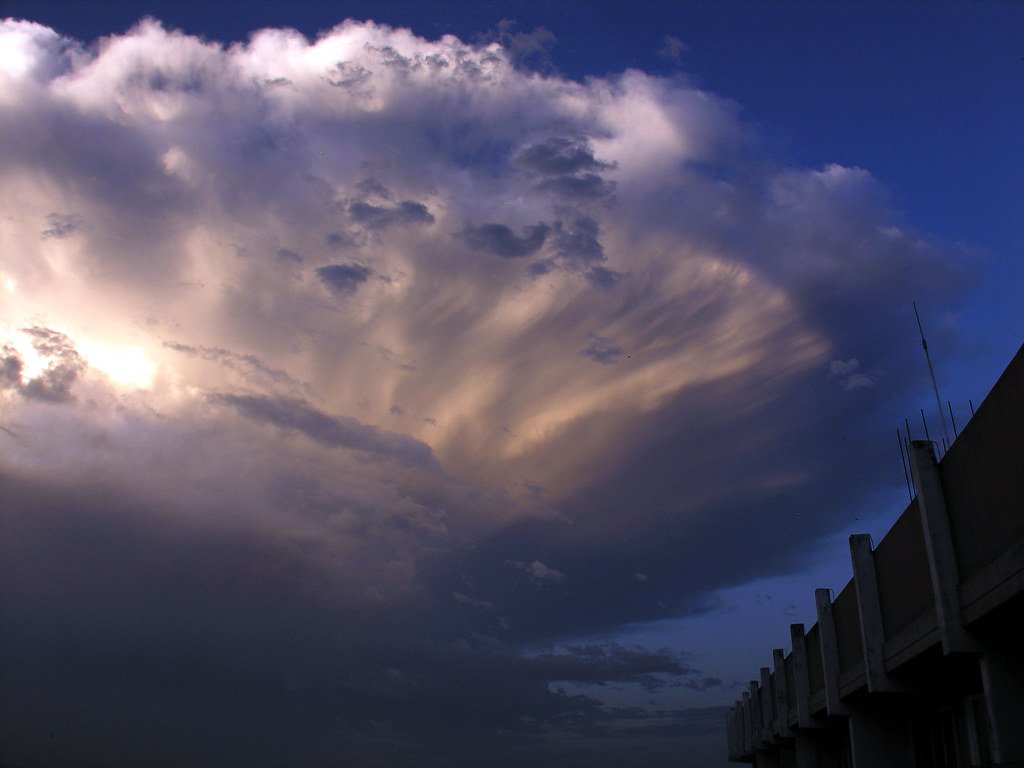You might be one of those people who’s been lying in bed at night, wondering if you’re losing your mind. That strange, persistent hum coming from somewhere you can’t quite pinpoint. The neighbors don’t seem bothered by it. Your family says they don’t hear anything. Yet there it is, night after night, that low-frequency drone that seems to seep through your walls and settle into your consciousness like an unwelcome guest.
Welcome to one of the world’s most perplexing acoustic mysteries. Across the globe, roughly two percent of people report hearing an unexplained atmospheric hum that has no visible source. These aren’t random isolated incidents. We’re talking about thousands of documented cases spanning continents, from New Mexico’s high desert to bustling Canadian cities. So let’s dive in and uncover what’s really happening when the sky itself seems to sing.
The Taos Hum: Where It All Began Making Headlines

In the spring of 1993, a peculiar mystery gripped Taos, New Mexico. Residents began reporting an unsettling noise that nobody could quite put their finger on, and so it became known as the Taos Hum. This wasn’t your typical small-town gossip. The mysterious sound became so bothersome that in 1993, Taos residents voiced their concern about it to Congress. A study was conducted to examine its cause, including interviews with the local residents and using sound detection instruments placed around the town.
Local concern around the hum motivated a cooperative effort between Los Alamos National Laboratory, Sandia National Laboratories, Phillips Air Force Laboratory, and the University of New Mexico to explore what was going on. It found that approximately 29 of the 1,440 surveyed residents in Taos could hear the hum, representing two percent of the populace, but that included a range of sounds. Some describe the Taos Hum as a feeling of vibration, while others describe it as a faint droning sound similar to a diesel engine resting in the distance. The Taos Hum is a miserable noise for those who can hear it since it never stops and interferes with their sleep.
Global Reports: The Hum Goes Worldwide

Most famous: Taos Hum, New Mexico, USA · Bristol Hum, UK · Windsor Hum, CA · Kokomo Hum, Indiana, USA · Auckland & Wellington Hums, NZ · Metallic groans, horn-like blasts, and cannon-shot booms echoing across towns. These aren’t isolated incidents happening in random locations. As strange as it may sound, there have actually been reports of The Hum for decades. And they haven’t been contained to Northern Ireland, either. Reports have come in from North America, Australia, and Europe of a weird, inexplicable, low-pitched noise with no discernible source.
In fact, it turned out that residents of other cities claimed to have heard the hum prior to the Taos “hearers.” In the 1970s, the British city of Bristol was reportedly plagued by a similar drone, with residents complaining to their local council. In 2016, The Mirror reported that the mystery noise had resurfaced every few years since it was first reported in the mid ’70s and remained unexplained. Recently, reports have been surfacing from the small town of Omagh in Northern Ireland of a persistent, low-frequency hum that gets louder at night and never quite seems to let up.
Sky Trumpets: When The Atmosphere Plays Music
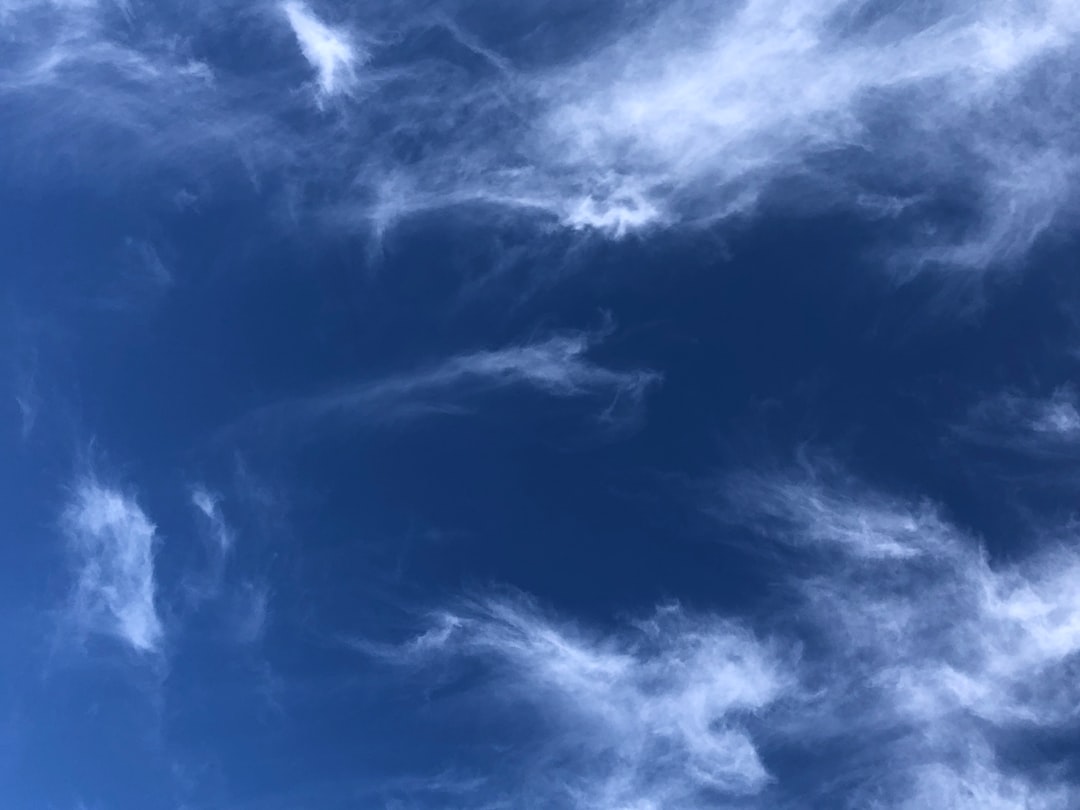
Since 2011, reports of mysterious trumpet noises have surfaced from Canada to Ukraine, Costa Rica to the United States. Some recordings sound like giant rusty gates creaking open, others like low, otherworldly horns vibrating through the air. Think of it as the sky’s heavy metal concert, except nobody bought tickets and the venue is the entire atmosphere above your head.
These noises have a groaning quality overlaid with a metallic, vibrating sound similar to that of musical instruments. In some instances, the sounds seem to include unintelligible voices. Some recordings have been captured thousands of miles apart, yet sound eerily similar. Verified recordings exist worldwide. Not all are authentic, but enough remain unexplained to keep scientists baffled. Honestly, when you hear these recordings, it’s hard not to wonder if Mother Earth is trying to tell us something.
Skyquakes: The Earth’s Mysterious Percussion Section
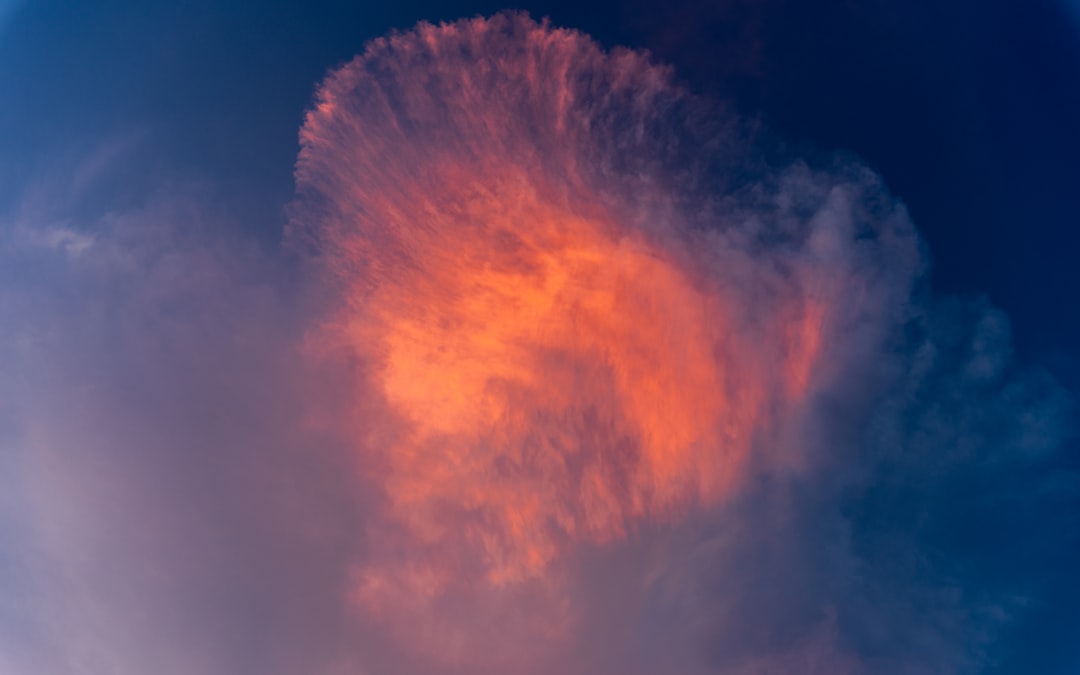
The skyquake, a perplexing atmospheric phenomenon characterised by loud, unexplained sounds that seem to originate from the sky, has captured curiosity and concern for centuries. These mysterious noises, akin to an atmospheric boom, distant thunder, or an explosion, have been reported all over the world, leaving residents and scientists alike baffled by their sudden occurrence and elusive origins.
The Japanese know them as uminari, the Belgians as mistpoeffers. In India’s Bay of Bengal, they are called Barisal guns. People living near Seneca Lake in New York call them the Seneca guns. The peculiar noises are not new; they were first reported in 1811 in Missouri during an 8.1 magnitude earthquake. Locals described “artillery-like sounds,” both before and during the earthquake. The fact that different cultures have their own names for these phenomena tells you something about how universal and persistent these experiences really are.
Scientific Attempts at Explanation
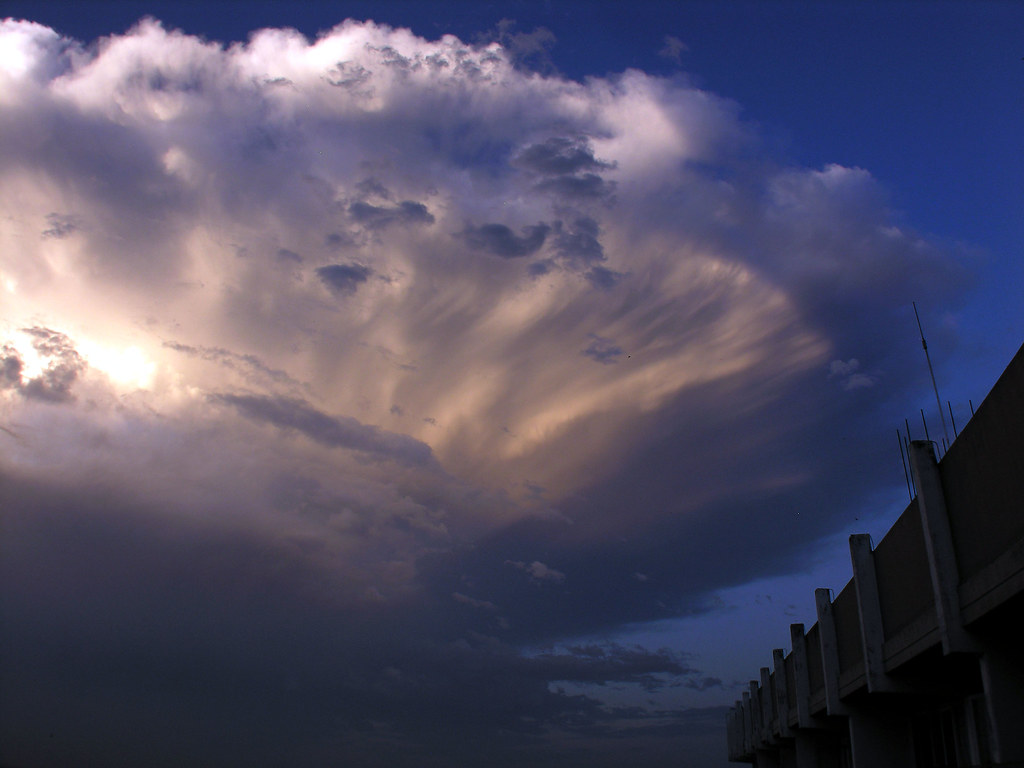
There are many potential explanations, according to David Hill, a scientist at the US Geological Survey, who wrote a recent scientific review paper rounding up the causes of mystery booms. In coastal regions, for instance, large bangs may accompany humungous waves hitting the cliffs; reports of thunderous sounds are apparently common among big-wave surfers in the US. Hill suspects that earthquakes are to blame in the majority of cases.
In recent years, a team from the University of North Carolina used a combination of news reports and seismic data to try and work out the cause of the booming noises in their state. They were looking for some crossover between seismo-acoustic data and new reports of the skyquakes. Unfortunately, not a single skyquake seemed to coincide with an earthquake. No explanation seems to fit perfectly. It might be that different events causes the noises in different areas. After proving that earthquakes are not the cause of the noises in the U.S., the North Carolina team told Live Science that they believe the noises are an “atmospheric phenomenon” that propagates through the air rather than the ground.
The Inner Ear Connection

Human ears generate their own noises, called spontaneous otoacoustic emissions (SOAE). Various studies have shown that 50 to 70 percent of adults with normal hearing have them, although the majority are unaware of these sounds. The people who do hear these sounds typically hear a faint hissing (cicada-like sound), buzzing or ringing, especially if they are otherwise in complete silence.
Even though we don’t notice it, our ears sometimes create their own noises. And because the sounds are subtle (and because most people are constantly surrounded by sound, whether it’s music, television, video games, or just a typical noisy city life) we don’t hear them until it’s very quiet or we are listening carefully. This phenomenon, called spontaneous otoacoustic emissions, is different than auditory disorders such as tinnitus, which causes a ringing in the ears. Still, this doesn’t explain why certain sounds seem to come from specific locations or affect multiple people simultaneously.
Environmental and Atmospheric Theories
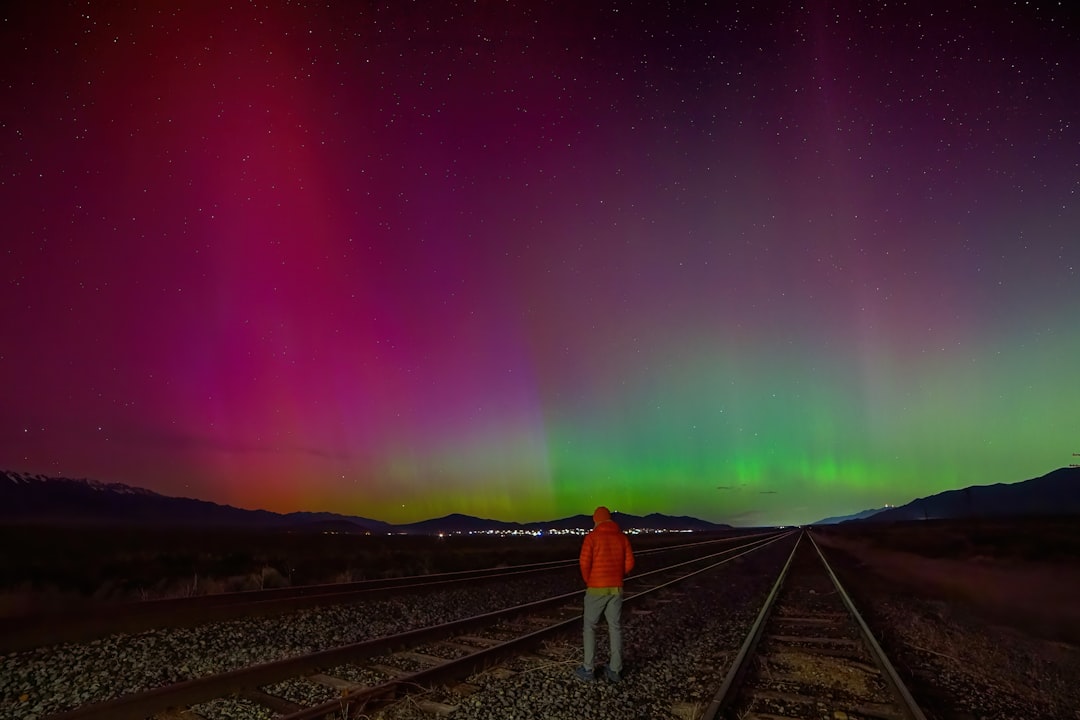
The temperature inversion during the night makes it reach farther through sound refraction, so it “comes from the sky”. Low-frequency noise originates from distant industry. Low-frequency noise has low attenuation, so it can reach distant locations. The temperature inversion during the night makes it reach farther through sound refraction, so it “comes from the sky”.
Secondary atmospheric waves from plasma impacts of solar CMEs. CMEs generate plasma shock waves in space, similar to the sonic boom caused by aircraft flying faster than the speed of sound in Earth’s atmosphere. The solar wind’s equivalent of a sonic boom in the Solar System plasma medium can accelerate protons up to millions of miles per minute – as much as 40 percent of the speed of light. This is a proven source of auroras, but has never yet been shown to be sufficiently forceful and sufficiently abrupt to cause a “boom”. The connection between solar activity and these sounds remains tantalizing but unproven.
Recent Reports and Social Media Phenomena

Springs, USA 🇺🇸 ⏰February 28, 2024 ️ @Heidi bear Mysterious Sky Trumpet Phenomenon in Colorado Springs – 2024 Warning Signals. Record of the phenomenon of the sound of the heavenly trumpet or The Hum in Colorado Springs, USA It was a warning signal from God sent from heaven to warn Or not!! #Trumpet#Sirens#nibiru #Strangesky #judgement #Strangesounds#ufos#haarp #scary #ColoradoSprings#wtf #Skytrumpetsounds #Trumpets #Trending #fyp #thehum #weird #uap2024#endtimes#colorado #TheHumColoradoSprings 📍Colorado Springs, USA 🇺🇸 ⏰February 28, 2024 ️ @Heidi bear Mysterious Sky Trumpet Phenomenon in Colorado Springs – 2024 Warning Signals.
Update: In the fall of 2021 I inexplicably lost substantial hearing in my left ear, and I didn’t hear the hum for a couple of years, even with my new hearing aids. In 2024, I started noticing it again while lying in bed, as before. But it no longer sounds like a motor rumbling somewhere – it’s more of a constant sound like our furnace makes. Social media platforms like TikTok have become modern gathering places for people experiencing these phenomena, creating communities of listeners who find validation in shared experiences.
Conclusion

remains one of our planet’s most intriguing acoustic mysteries. From the famous Taos Hum that mobilized Congress to recent social media reports of sky trumpets, these phenomena continue to perplex scientists and distress those who experience them. The Hum is a persistent low-frequency droning sound that only a small percentage of people can hear. It is often stronger indoors and at night, and has been reported in Taos (US), Bristol (UK), Windsor (CA), and more. No single cause explains all cases, though theories include industrial noise, geological tremors, and electromagnetic exposure.
While we have theories ranging from inner ear phenomena to atmospheric disturbances, electromagnetic fields to solar activity, no single explanation adequately covers all reported cases. Perhaps that’s the most fascinating aspect of this mystery: it seems to require multiple explanations for multiple phenomena that may only appear similar on the surface. What remains constant is the very real distress these sounds cause to those who hear them, and the persistent human drive to understand the unexplained sounds that surround us. What do you think about it? Tell us in the comments.

Jan loves Wildlife and Animals and is one of the founders of Animals Around The Globe. He holds an MSc in Finance & Economics and is a passionate PADI Open Water Diver. His favorite animals are Mountain Gorillas, Tigers, and Great White Sharks. He lived in South Africa, Germany, the USA, Ireland, Italy, China, and Australia. Before AATG, Jan worked for Google, Axel Springer, BMW and others.

